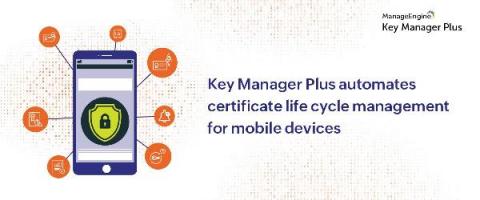Operations | Monitoring | ITSM | DevOps | Cloud
Technology
The latest News and Information on APIs, Mobile, AI, Machine Learning, IoT, Open Source and more!
Using HAProxy as an API Gateway, Part 5 [Monetization]
In our previous blog post, Using HAProxy as an API Gateway, Part 2 [Authentication], you learned that when you operate HAProxy as an API gateway, you can restrict access to your APIs to only clients that present a valid OAuth 2 access token. In this post, we take it a step further. You will learn how to leverage tokens to grant some users more access than others and then charge for the service.
Integrate certificate life cycle management with enterprise MDM and boost your mobile ecosystem security
A huge portion of today’s corporate network is made up of mobile endpoints, such as laptops, tablet computers, and mobile phones. These are domain-joined and non-domain devices that require access to corporate assets to carry out everyday operations.
Monitoring an API via HTTP POST and Phone Call alerts
Learn how to monitor an API by doing an HTTP POST request to it every minute and instantly be notified when it goes down. It all takes under 10 minutes so let’s dive in, head first.
PagerDuty for AIOps Solution Demo
How to get mobile push notifications from any service
Love 'em or hate 'em, mobile push notifications can be very useful. They are not as intrusive as a phone call and have better information formats and control than text messages. Which is why it can be very frustrating to not get push notifications for your favorite product because it doesn't have a mobile app. In this post, we will see how to get mobile push notifications from any service, even if they don't have a mobile app.
How AI Will Give IT Professionals Their Time Back
The basics of IoT, and why Prometheus works so well with it
Before we start, please take a moment to appreciate what day it is. IoT, or Internet of Things, has been a buzzword for longer than usual. Buzzwords usually have two common properties, and then their paths fork. I like thinking about buzzwords and about the useful aspects of what they mean. The most recent public example focuses on another buzzword currently in its hype phase: observability.
How to monitor your IoT device in just 2 Simple Steps?
In this post, I will show you, how to monitor your IoT device in just 2 simple steps.











